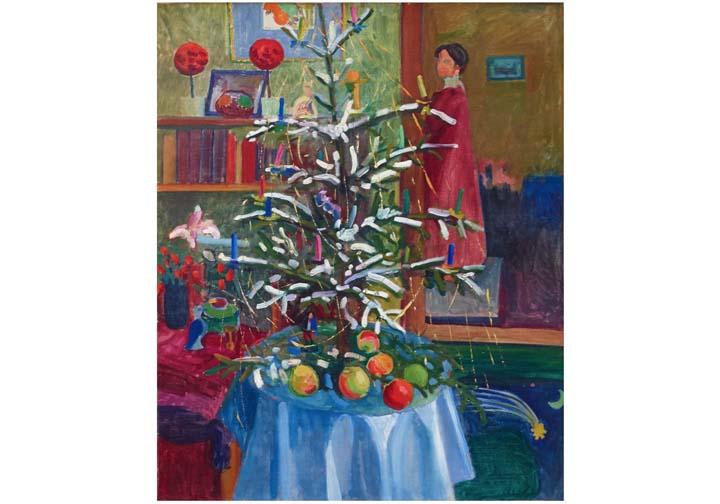Season's Greetings!
“When I begin to paint, it’s like leaping suddenly into deep waters,
and I never know beforehand whether I will be able to swim,”
Gabriele Münter (1877-1962)
This is the artist’s way. Münter, who was a working member of Der Blaue Reiter group of German Expressionist painters from its founding in 1911 to its dissolution during WWI, infused everyday scenes observed from life with hallucinatory colors built up in shimmering layers of oil paint. Some of the best of her still lifes, portraits and landscapes are currently on view at the Solomon R. Guggenheim Museum, 1071 Fifth Avenue at 88th Street, New York, NY More in DART.
Above: Christmas Still Life, ca. 1908-06, from the collection of Kunstsammlung Nordrhein-Westfalen, Düsseldorf; this painting can be seen in Gabriele Münter: Contours of A World at the Guggenheim.
Happy Holidays from all of us at DART!
Peggy


